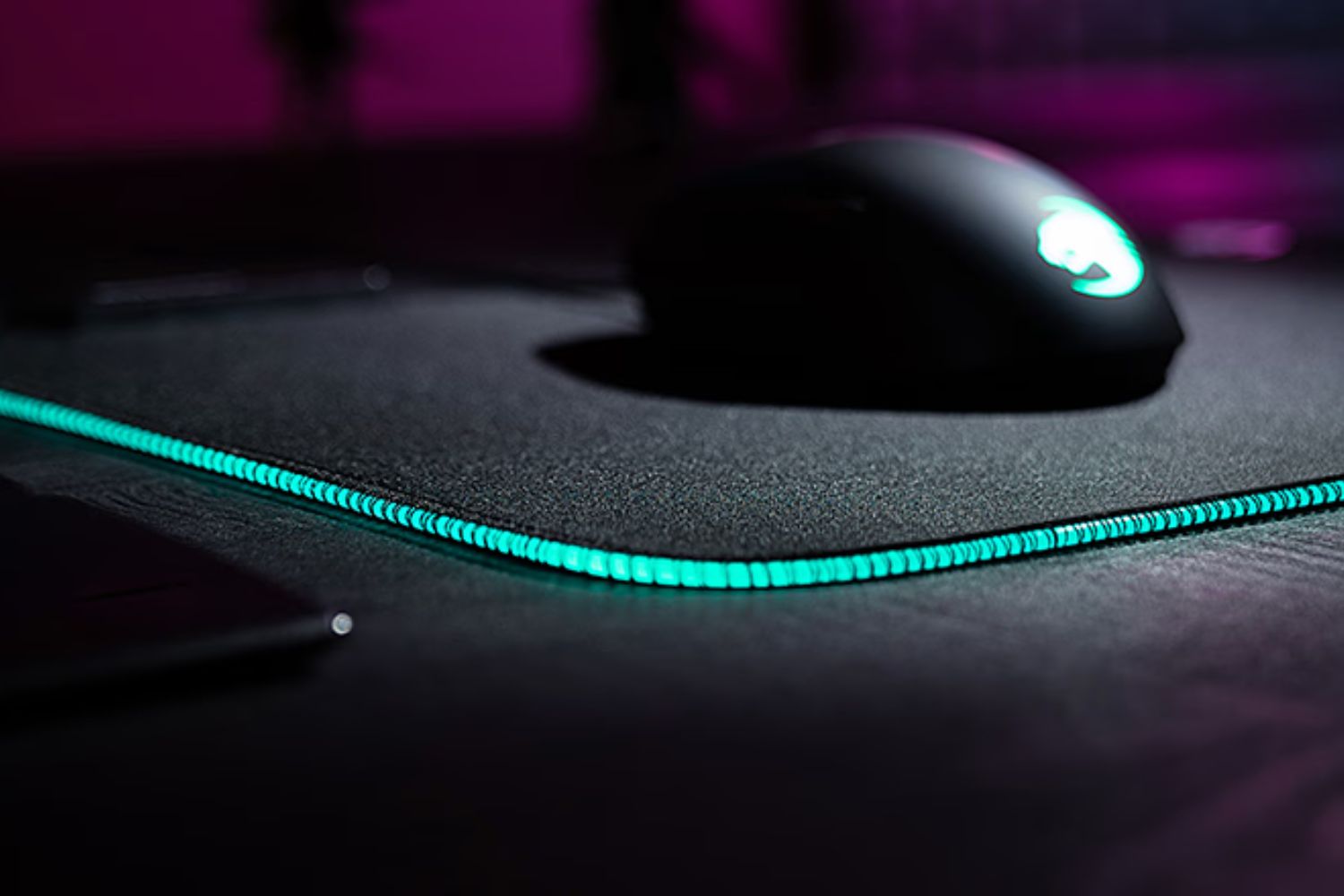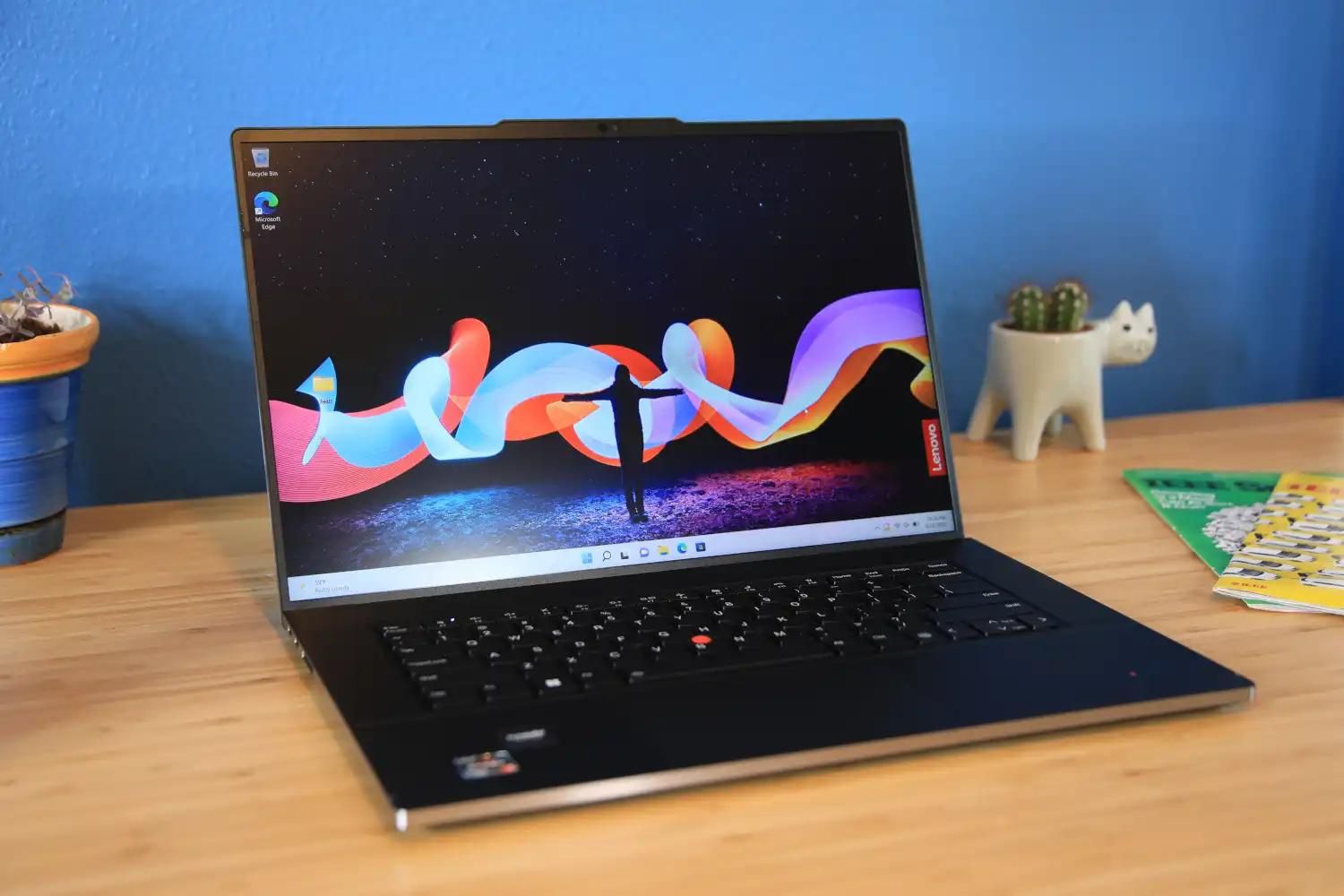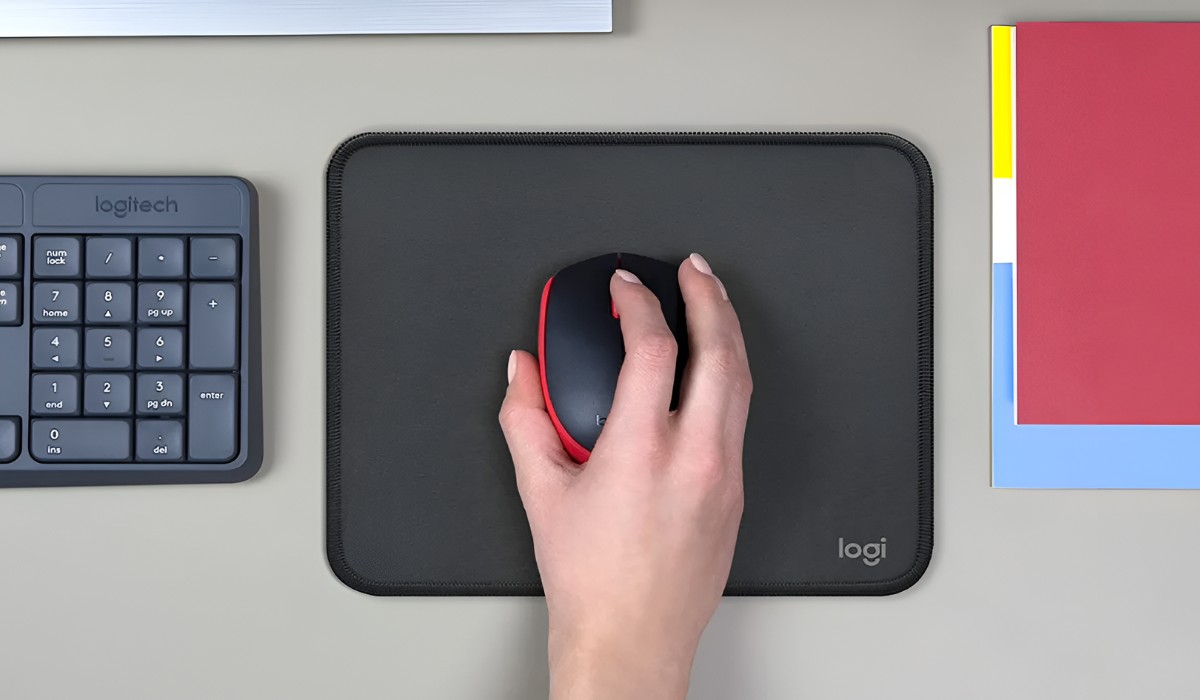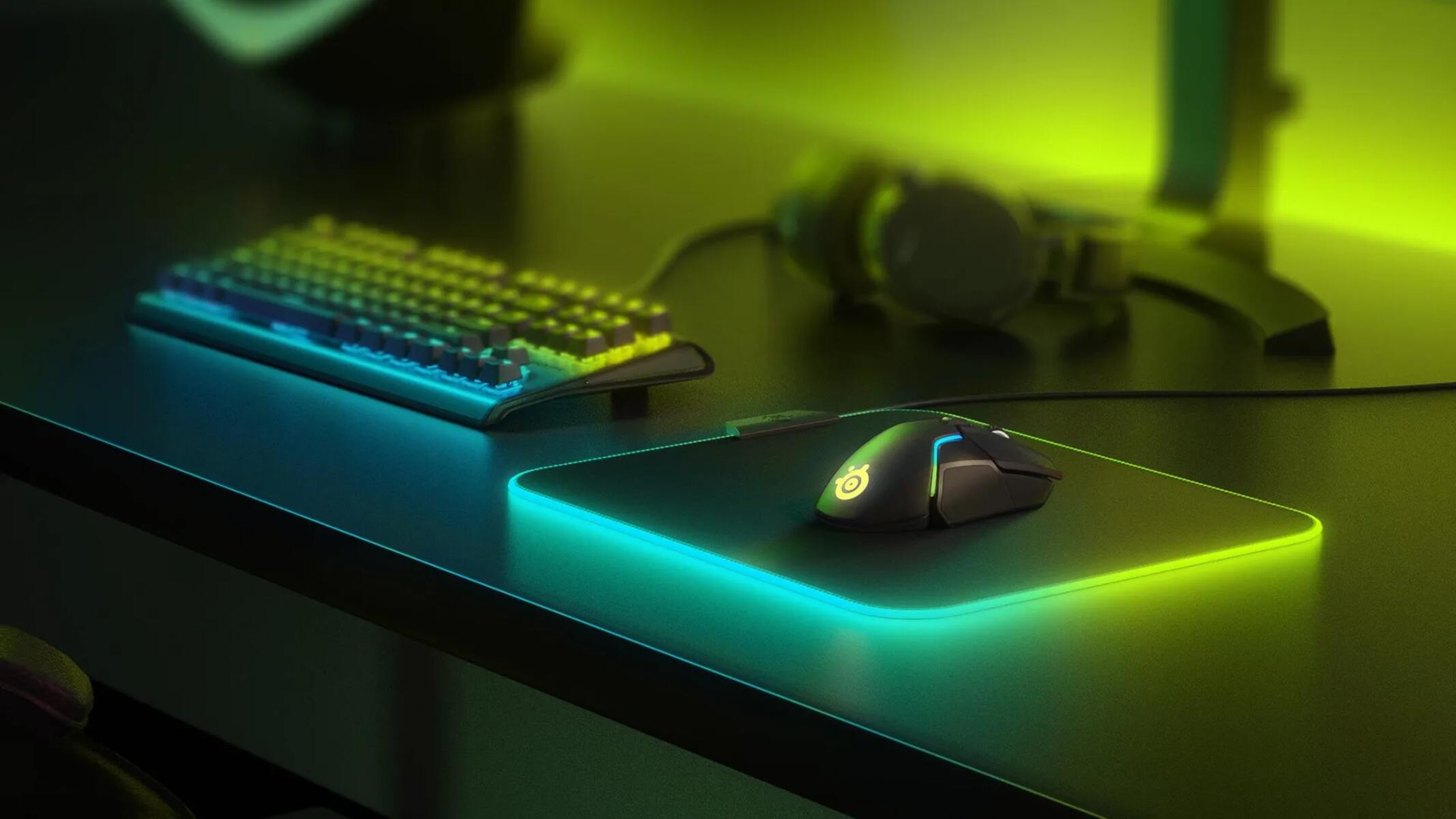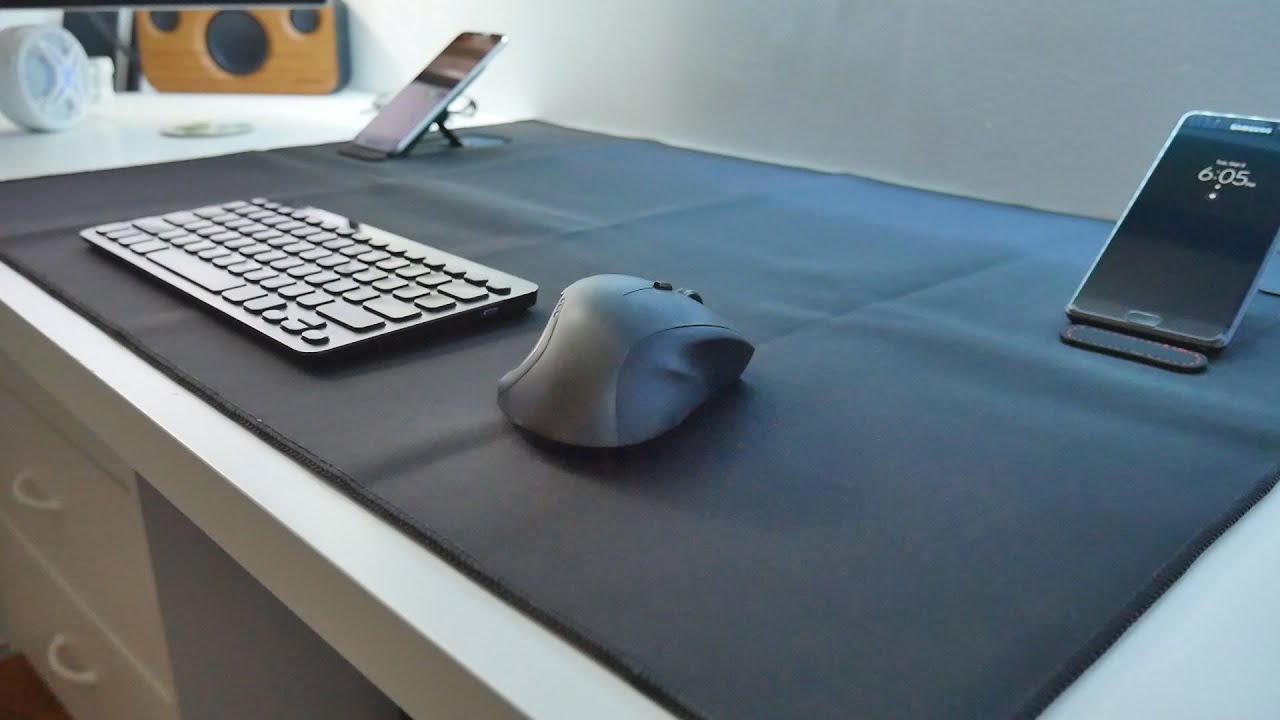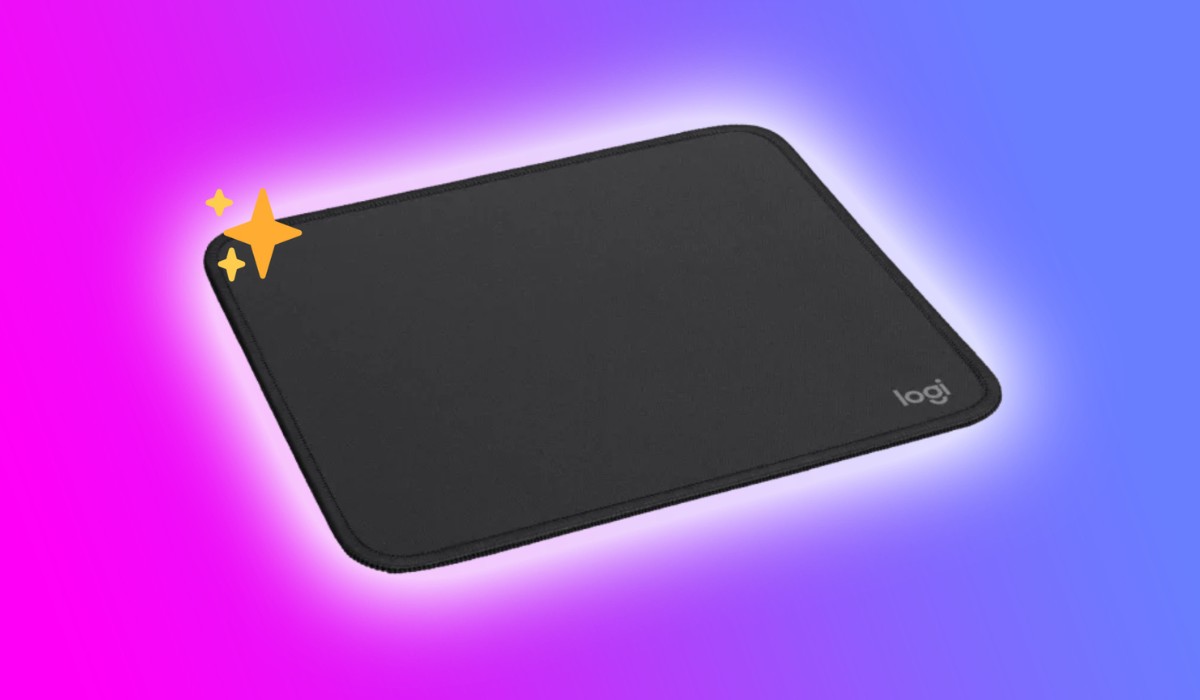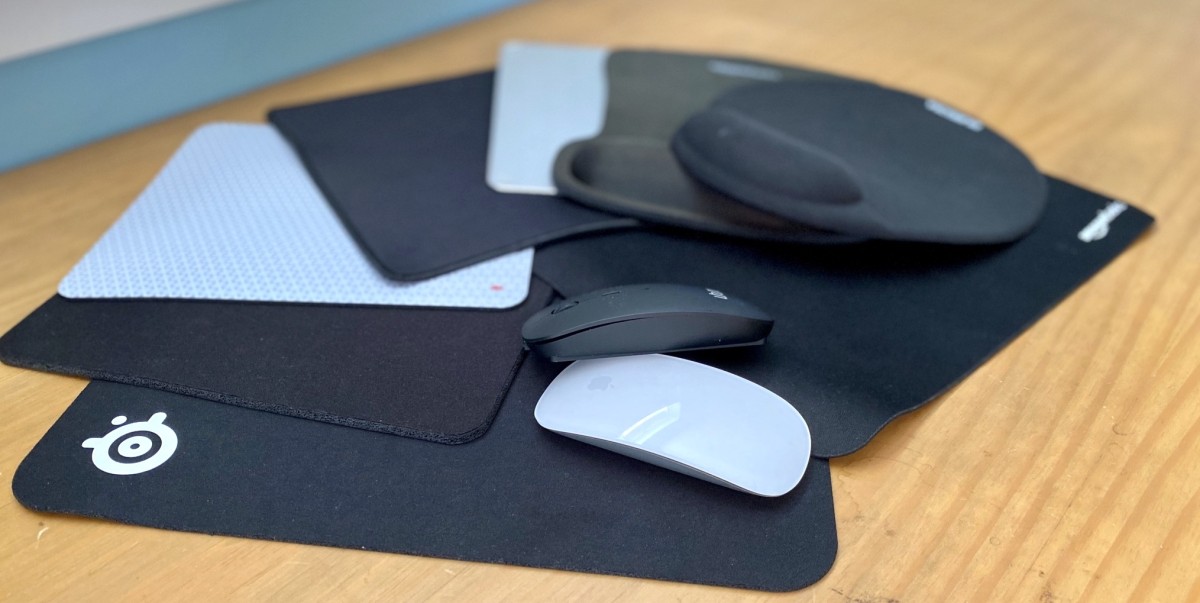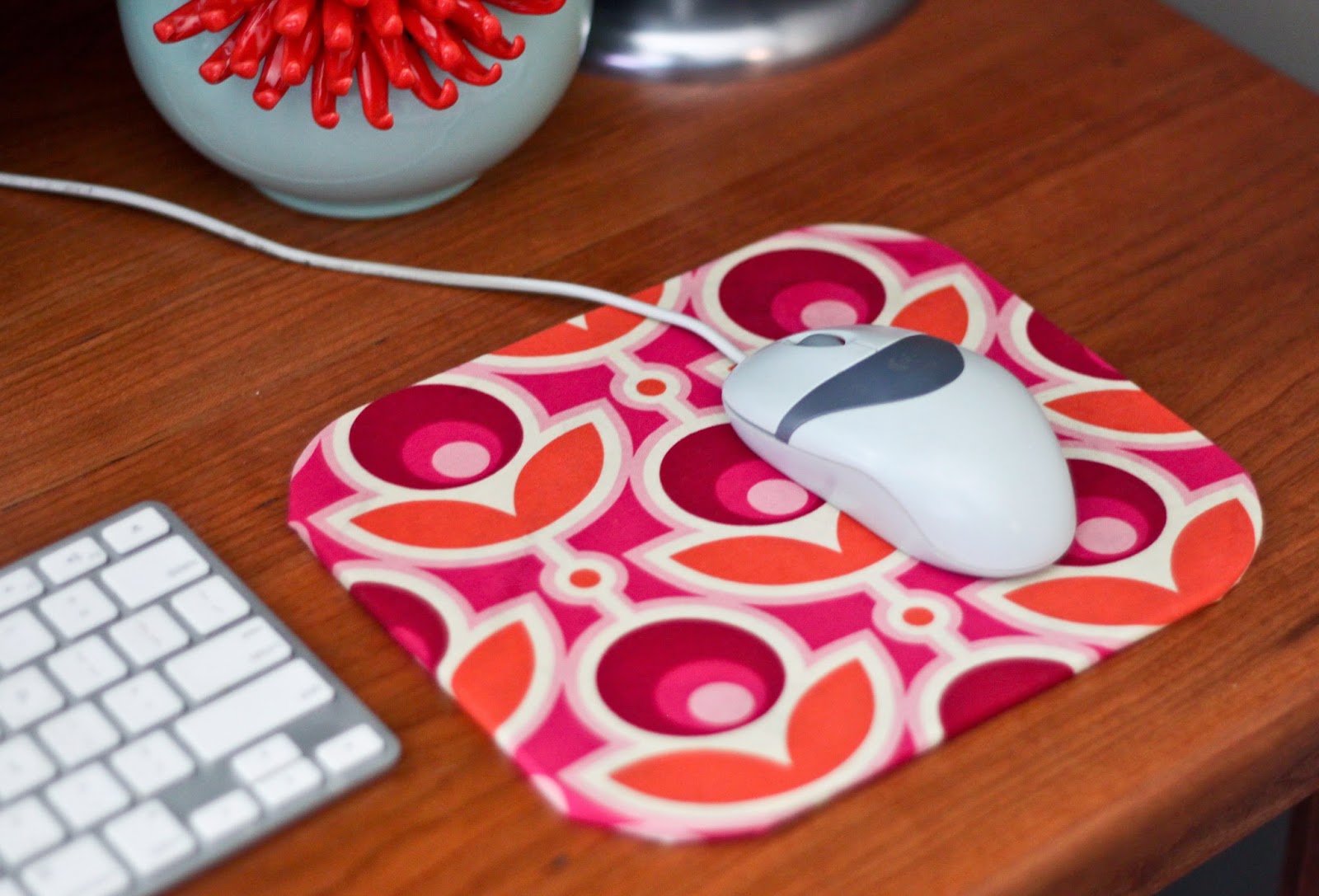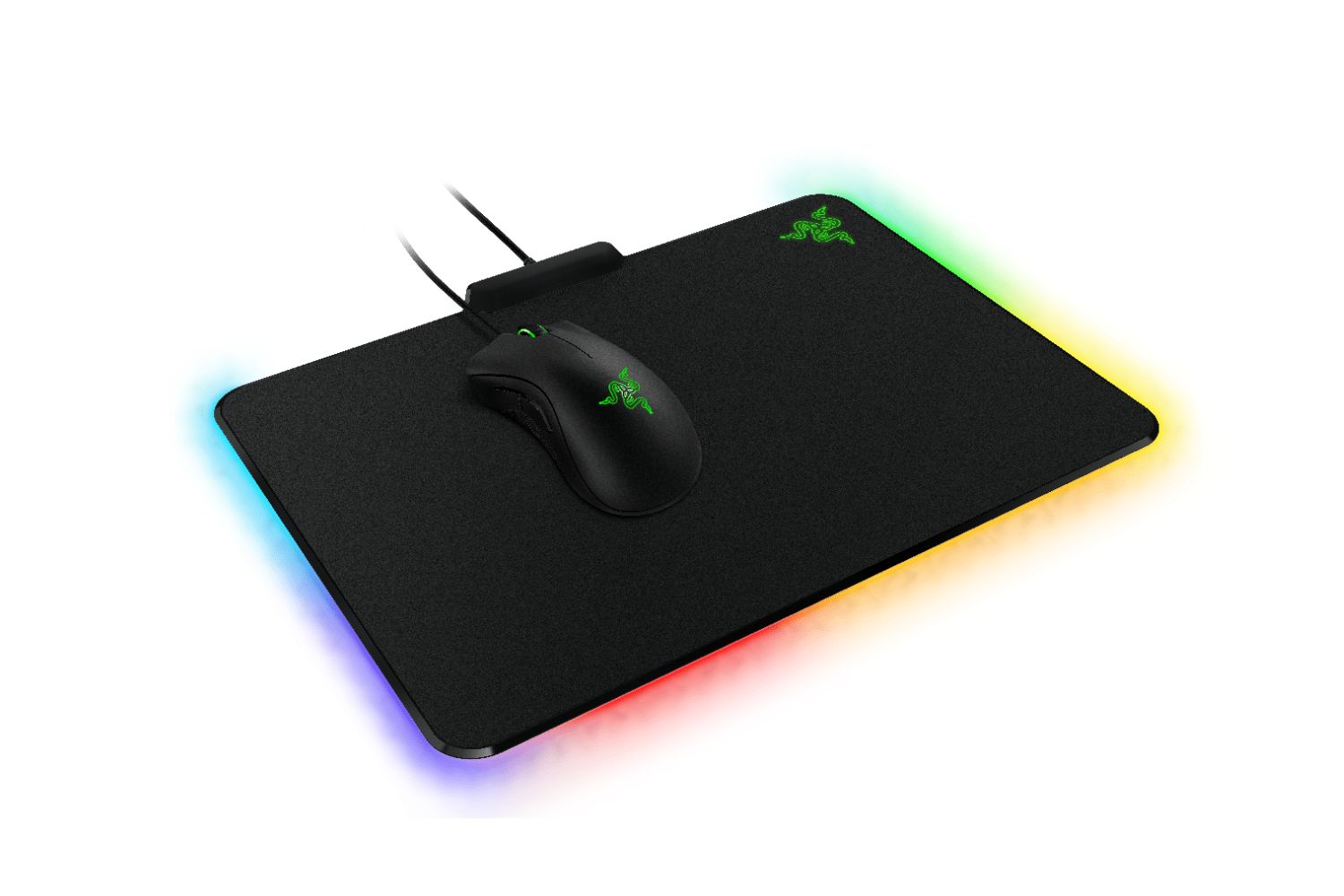Introduction
Welcome to the world of computing, where every click, scroll, and movement of the mouse can make a significant difference in your digital experience. Amidst the array of accessories designed to optimize your computer usage, the humble mouse pad stands as a stalwart companion to your trusty mouse. In this article, we will delve into the realm of mouse pads, uncovering their purpose, types, benefits, and the factors to consider when choosing the perfect one for your needs.
Whether you are a casual computer user, a dedicated gamer, or a professional navigating the digital landscape, the importance of a mouse pad cannot be overstated. This unassuming, yet essential, accessory serves as a reliable platform for your mouse, ensuring smooth and precise cursor movements. As we embark on this exploration, you will gain a newfound appreciation for the role of the mouse pad in enhancing your computing experience.
So, let's embark on this journey to unravel the mysteries of the mouse pad, shedding light on its significance and the myriad benefits it offers. Whether you are a seasoned tech enthusiast or a newcomer to the digital domain, this article aims to provide valuable insights into the world of mouse pads, empowering you to make informed decisions and elevate your computing experience to new heights.
What Is a Mouse Pad?
A mouse pad, also known as a mouse mat, is a flat surface designed to provide a smooth and consistent area for a computer mouse to move on. It is typically placed on a desk or any other suitable surface to create an optimal environment for the functioning of the mouse. The primary purpose of a mouse pad is to enhance the precision and responsiveness of the mouse, thereby improving the overall user experience.
Traditionally, mouse pads were crafted from fabric with a rubber backing to prevent slipping. However, with advancements in technology and materials, mouse pads now come in various forms, including hard plastic, glass, and specialized gaming surfaces. These different materials cater to specific user preferences and usage scenarios, offering diverse tactile experiences and performance benefits.
Aside from providing a smooth surface for the mouse to glide on, mouse pads also serve as a protective layer for the underlying desk or table. Constant mouse movement can cause wear and tear on the surface it operates on, leading to scratches and blemishes. The mouse pad acts as a shield, safeguarding the underlying surface from damage while also dampening the operational noise of the mouse, creating a quieter and more comfortable workspace.
Furthermore, mouse pads often feature visually appealing designs, ranging from artistic patterns to branded logos and images. This aesthetic element allows users to personalize their workspace and express their individuality through their choice of mouse pad. Additionally, some mouse pads incorporate ergonomic features, such as wrist rests, to promote comfort and reduce strain during prolonged computer use.
As we unravel the intricacies of the mouse pad, it becomes evident that this seemingly simple accessory plays a crucial role in optimizing the functionality, aesthetics, and ergonomics of the computer setup. The next section will delve into the various types of mouse pads available, offering insights into their unique characteristics and suitability for different user preferences and requirements.
Types of Mouse Pads
Mouse pads come in a diverse array of types, each tailored to specific preferences, usage scenarios, and performance requirements. Understanding the distinct characteristics of each type is essential for selecting the most suitable mouse pad for individual needs. Here are some common types of mouse pads:
- Fabric Mouse Pads: These traditional mouse pads are crafted from cloth or fabric with a rubber or foam base. They offer a soft and comfortable surface for smooth mouse movement and are available in various sizes and thicknesses to accommodate different preferences.
- Hard Surface Mouse Pads: Constructed from rigid materials such as plastic or aluminum, hard surface mouse pads provide a durable and low-friction platform for precise mouse tracking. They are often favored by gamers and users who prioritize speed and accuracy in their mouse movements.
- Gaming Mouse Pads: Specifically designed to cater to the demands of gaming enthusiasts, gaming mouse pads feature optimized surfaces for enhanced tracking, reduced friction, and improved responsiveness. They often boast larger dimensions to accommodate sweeping mouse movements during intense gaming sessions.
- Gel Wrist Rest Mouse Pads: These mouse pads incorporate a cushioned gel wrist rest, providing ergonomic support to reduce strain and fatigue during extended computer use. The gel padding offers a comfortable resting surface for the wrist, promoting a more relaxed and natural hand position.
- Wireless Charging Mouse Pads: A cutting-edge innovation, wireless charging mouse pads integrate Qi wireless charging technology, allowing compatible wireless mice and other devices to be charged seamlessly while resting on the pad. This convergence of functionality eliminates the need for separate charging stations, streamlining the user’s workspace.
Each type of mouse pad offers distinct advantages, catering to specific user preferences and intended usage scenarios. Whether it’s the precision-oriented hard surface mouse pad for competitive gaming or the ergonomic gel wrist rest mouse pad for enhanced comfort during extended work hours, the variety of options ensures that every user can find a mouse pad that aligns with their unique requirements.
As we explore the diverse landscape of mouse pad types, it becomes evident that the evolution of materials and features has led to a myriad of choices, empowering users to customize their computing environment to suit their individual needs and preferences. In the following section, we will uncover the compelling benefits of using a mouse pad, shedding light on the positive impact it can have on the overall computing experience.
Benefits of Using a Mouse Pad
Using a mouse pad offers a multitude of benefits that contribute to an enhanced computing experience, regardless of the user’s specific requirements or usage patterns. Here are some compelling advantages of incorporating a mouse pad into your computer setup:
- Enhanced Precision and Control: A quality mouse pad provides a consistent and uniform surface for the mouse to track on, resulting in improved precision and control over cursor movements. This is particularly beneficial for tasks that demand accuracy, such as graphic design, photo editing, and intricate document manipulation.
- Reduced Wear and Tear: By serving as a protective barrier between the mouse and the underlying desk or table, a mouse pad helps minimize the wear and tear caused by constant mouse movement. This not only preserves the aesthetics of the workspace but also prevents scratches and damage to the surface beneath.
- Enhanced Comfort and Ergonomics: Certain mouse pads, such as those featuring gel wrist rests, contribute to improved ergonomics by providing cushioned support for the wrist and promoting a more natural hand position. This can alleviate strain and fatigue during extended computer use, enhancing overall comfort and reducing the risk of repetitive strain injuries.
- Noise Dampening: The use of a mouse pad can help reduce the operational noise generated by the friction between the mouse and the desk surface. This is especially beneficial in shared work environments or quiet settings, where minimizing unnecessary noise is essential for a conducive work atmosphere.
- Personalization and Aesthetics: Many mouse pads feature visually appealing designs and patterns, allowing users to personalize their workspace and express their individuality. Whether it’s a favorite artwork, a branded logo, or a vibrant pattern, the mouse pad serves as a canvas for personal expression within the digital domain.
Furthermore, the utilization of specialized mouse pads, such as those designed for gaming or wireless charging, offers additional benefits tailored to specific user needs. Gaming mouse pads optimize tracking for swift and precise movements during gameplay, while wireless charging mouse pads seamlessly integrate charging functionality into the mouse pad itself, streamlining the user’s workspace and reducing cable clutter.
By harnessing the advantages of a mouse pad, users can elevate their computing experience by fostering a more controlled, comfortable, and personalized environment. The next section will delve into the essential considerations for choosing the right mouse pad, empowering users to make informed decisions based on their unique preferences and requirements.
How to Choose the Right Mouse Pad
When selecting a mouse pad, several factors should be considered to ensure that it aligns with your specific needs and usage preferences. By taking the following aspects into account, you can make an informed decision and choose a mouse pad that enhances your computing experience:
- Surface Material: Consider the type of surface material that best suits your usage scenario. Fabric mouse pads offer a balance of comfort and control, while hard surface mouse pads prioritize speed and precision. Gaming mouse pads are tailored for optimized tracking during intense gameplay, catering to the demands of gaming enthusiasts.
- Size and Thickness: Evaluate the dimensions and thickness of the mouse pad based on your workspace and usage habits. Larger mouse pads provide ample space for sweeping mouse movements, ideal for gaming and design tasks, while thinner pads offer a sleek and portable option for on-the-go use.
- Ergonomic Features: If ergonomics and wrist support are a priority, consider mouse pads with integrated gel wrist rests or cushioned padding. These features can enhance comfort and reduce strain during extended computer use, promoting a more relaxed and natural hand position.
- Specialized Functionality: For users with specific requirements, such as wireless charging capabilities or advanced tracking performance, specialized mouse pads tailored to these functionalities can offer added convenience and performance benefits.
- Aesthetic Preferences: Personalize your workspace by selecting a mouse pad with visually appealing designs or patterns that resonate with your style and preferences. Whether it’s a minimalist aesthetic or a vibrant artwork, the visual appeal of the mouse pad can enhance the overall ambiance of your workspace.
Additionally, it is essential to consider the compatibility of the mouse pad with your specific mouse model, ensuring seamless tracking and performance. Some mouse pads are optimized for use with certain mouse sensors and technologies, enhancing the synergy between the mouse and the pad for an optimal user experience.
By carefully evaluating these factors and aligning them with your individual requirements, you can confidently select a mouse pad that complements your computing setup and elevates your interaction with the digital realm. The considerations outlined above empower users to make informed decisions, leading to a harmonious integration of the mouse pad into their computing environment.
Conclusion
As we conclude our exploration of the multifaceted world of mouse pads, it becomes evident that this seemingly modest accessory plays a pivotal role in shaping the user experience within the digital domain. From enhancing precision and control to fostering comfort and personalization, the benefits of using a mouse pad extend far beyond mere functionality.
By understanding the diverse types of mouse pads available, users can tailor their selection to align with their specific preferences and usage scenarios. Whether it’s the speed-optimized hard surface mouse pad for gaming enthusiasts or the ergonomically enhanced gel wrist rest mouse pad for prolonged work hours, the variety of options empowers users to curate their computing environment to suit their individual needs.
Furthermore, the process of choosing the right mouse pad involves thoughtful consideration of surface materials, ergonomic features, specialized functionalities, and aesthetic preferences. This deliberate approach ensures that the selected mouse pad seamlessly integrates into the user’s workspace, enhancing both performance and visual appeal.
As technology continues to evolve, the role of the mouse pad remains steadfast, adapting to the changing demands of users and the advancements in computing devices. Whether it’s a sleek, portable mouse pad for the mobile professional or a feature-rich gaming pad for the avid gamer, the versatility and utility of mouse pads persist as an indispensable component of the modern computing experience.
In essence, the mouse pad transcends its conventional portrayal as a mere accessory, emerging as a facilitator of precision, comfort, and personal expression within the digital realm. As users navigate the ever-expanding landscape of computing, the humble mouse pad stands as a steadfast companion, enriching their interaction with technology and underscoring the significance of even the most unassuming accessories in shaping the digital experience.







